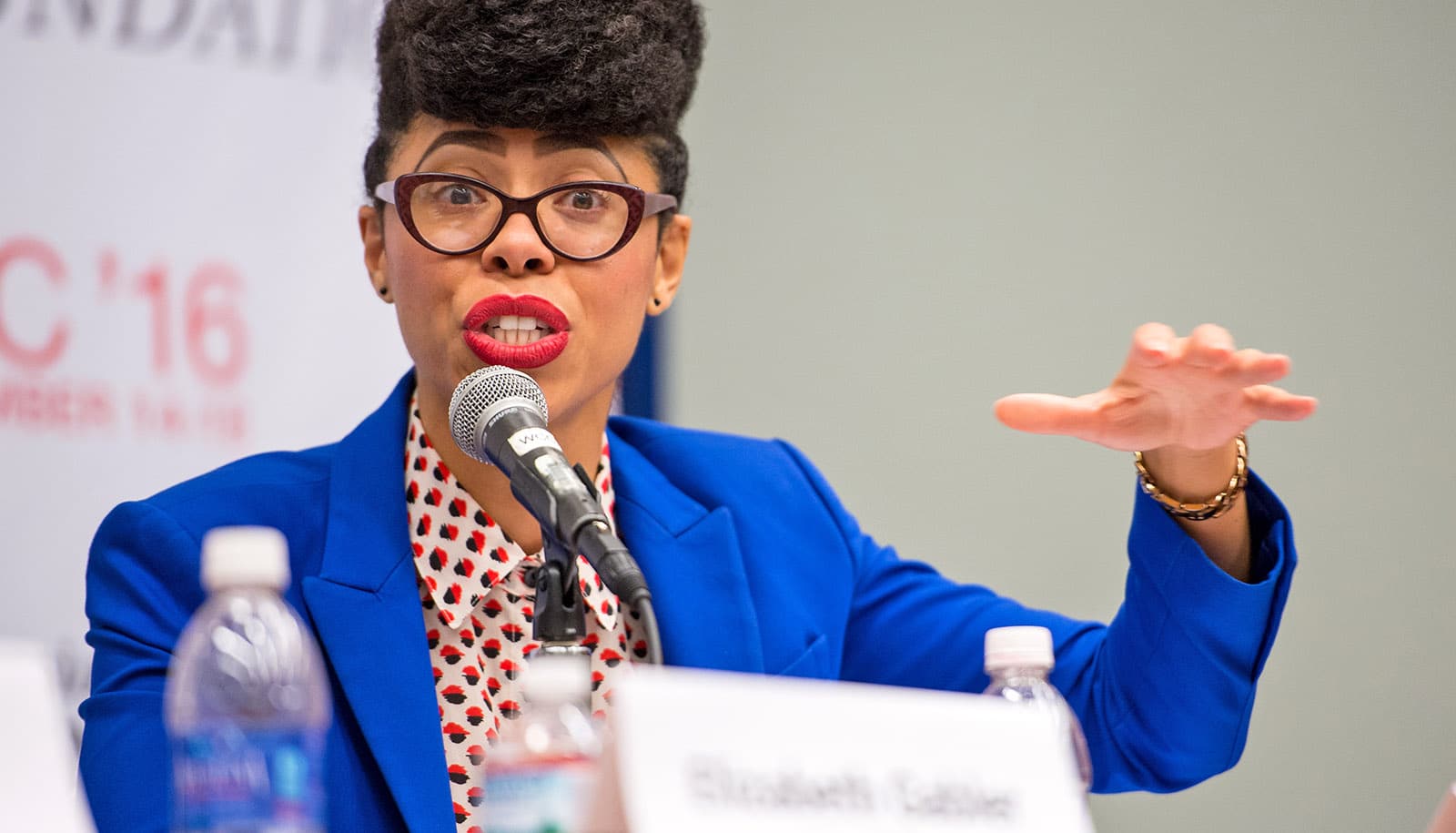The percentage of women in federal STEM jobs hasn’t changed since 2005, research finds.
They also quit those jobs at a disproportionately high rate.
“These positions are important, and we are not making a great deal of progress in bringing women into STEM jobs in any sort of equitable numbers,” says Edward Kellough, lead author of the study and a professor in the University of Georgia’s School of Public and International Affairs. “The key takeaway of our study is that one way to help improve the representation of women in STEM jobs is to increase their presence amongst STEM supervisors in those organizations.”
The researchers isolated the effects of women STEM (science, technology, engineering, and math) supervisors to determine the impact of having female supervisors.
The researchers analyzed employment at all 15 Cabinet-level departments in the federal government and two agencies with substantial STEM employment—NASA and the Environmental Protection Agency—from 2005 to 2018.
Additionally, the researchers separated the Air Force, Army, and Navy from the remainder of the Department of Defense to determine differences across branches of the military.
On average, fewer than one in four STEM jobs were held by women in the Air Force, Army, Navy, the departments of Energy and Transportation, and NASA. Women account for less than 30% of STEM jobs in the departments of Veterans Affairs, State, Interior, Homeland Security, Defense, and Commerce.
“You might expect that employment of women in federal STEM jobs would have gone up since 2005, but there’s been virtually no change,” Kellough says. “It’s increased only a fraction of 1 percentage point during that time, which is shocking.”
To measure support for diversity within each organization, the researchers relied on data from the Partnership for Public Service, a nonpartisan organization that tracks employment, budget and workforce demographics across federal agencies. The nonprofit also measures support for diversity within the agencies, which the researchers included in their analysis.
In those agencies where more women are in supervisory roles and support for diversity is stronger, such as the Department of Health and Human Services and the Department of the Treasury, the percentage of female STEM employees hovers around 42%.
Although more female bosses translated to more women in the workforce, the researchers found that having women in supervisory positions didn’t staunch the hemorrhaging of female STEM employees leaving their jobs.
The quit rate for women varied widely depending on the agency, the researchers find. For example, though women comprise only 37.9% of STEM employees in the EPA, they account for more than half of the agency’s employees who quit those jobs. At both the departments of Justice and Health and Human Services, STEM employment and quit rates for women are almost exactly equal.
One possible contributing factor for the high quit rates is that many of the agencies employ women in their 20s. Younger employees are more likely to leave their jobs on average than older ones.
It’s also possible that women are not reaching what some experts call a numerical “critical mass” in many agencies, making it difficult for young women to find supportive role models, the researchers say.
“The underemployment of women in STEM jobs is an important issue that has been recognized as such for a very long time, but progress in dealing with the problem has been excruciatingly slow,” the researchers write. “Public managers seeking to increase the STEM employment of women in their agencies should strongly consider investing in developing and promoting women into supervisory roles.”
The study appears in the journal Public Personnel Management.
Source: University of Georgia



